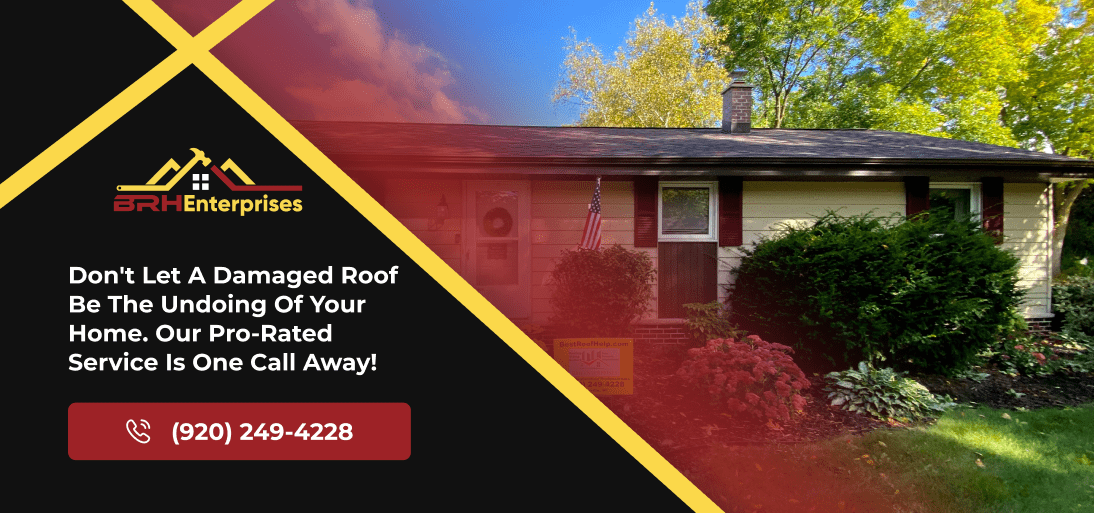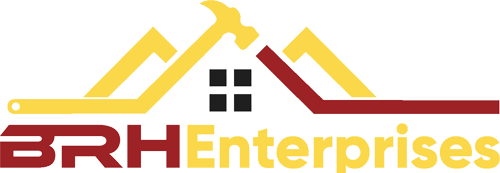Why You Should Pay Attention To The Roof Eave? All About The Roof Overhang
Estimated Reading Time : 7 Min.
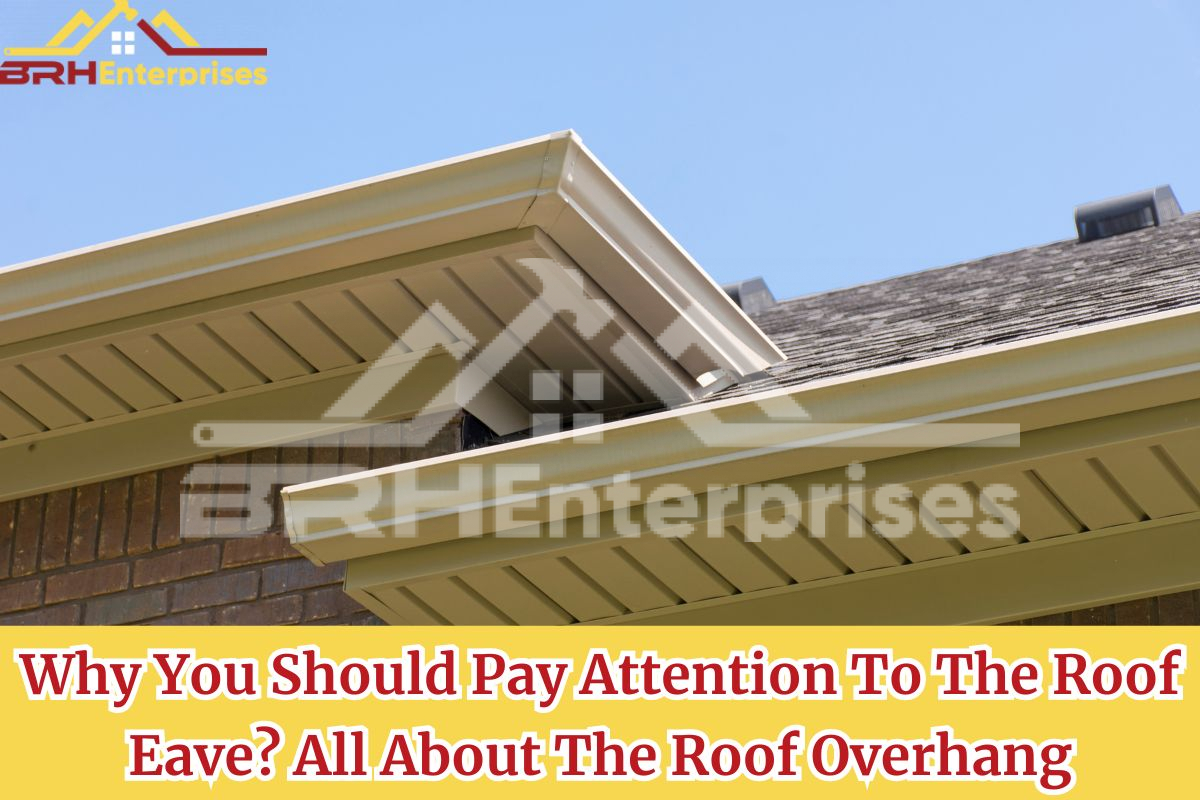
A roof eave, also known as a roof overhang, is the roof edge that protrudes from the house. In addition to providing shade and protection from water damage, roof eaves also add a decorative element to your home’s exterior.
It is important that you consider the roof eave when designing or maintaining your home because it can improve the overall appearance and energy use of your building. Let’s discuss the importance of roof eaves and some considerations for building or maintaining them.
What Is A Roof Eave?
The roof eave is the portion of the roof that extends over a building’s exterior walls. Eaves are important because they prevent water damage to the exterior walls and add aesthetic value. The eaves also support roof components that protrude past the building’s sides.
The larger the eaves, the more protection they provide against damage from rain, ice and snow. Plus, how much overhang there is and how the eave looks can impact the overall aesthetic of the home. Some houses even put brackets or corbels on their eaves to make them stand out.
Why Is It Important To Pay Attention To The Roof Eave?
Your roof eave is a crucial part of your home, let’s understand why:
#1. Keeps the Home Cool:
Roof eaves contribute to energy efficiency. By creating an overhang, they shield the house from the intense summer sun, reducing the need for air conditioning. Additionally, well-designed eaves help maintain a cooler interior by shading windows from direct sunlight.
#2. Exterior Aesthetics:
Besides being useful, eaves make your house look complete. You can design them to match your home style, giving it a neat and finished look.
#3. Added Ventilation:
Eaves can be vented to allow fresh air into your attic and protect the roof space from condensation build up.
#4. Supports the Roof:
Eaves help hold up the roof and keep it from sagging by evenly distributing the weight of the roofing system across the rafters.
#5. No Unwanted Guests:
Well designed eaves can keep out birds, squirrels, bats, bugs, and other pests from getting into your roof space.
#6. Longer Roof Lifespan:
Eaves shield your home from water damage, making your building last longer and reducing the need for repairs.
#7. Prevents Ice Dams:
Vented eaves can prevent ice dams by maintaining a consistent temperature in the attic. Ice dams are caused by snow melting at the roof ridge and refreezing at the eaves. Sufficient ventilation keeps the attic at a stable temperature, reducing the chances of ice dam formation.
#8. Protects the Foundation:
Properly installed eaves can stop water from gathering around the foundation of the building, which could cause damage. By directing water away, eaves keep the structure of a home sturdy.
#9. Saves the Garden:
Eaves help protect your garden from water damage. By moving water away from the walls, they stop the soil from washing away and protect your plants from erosion.
Understanding the Parts of Roof Eaves
There are two main parts of roof eaves, they are:
Soffits
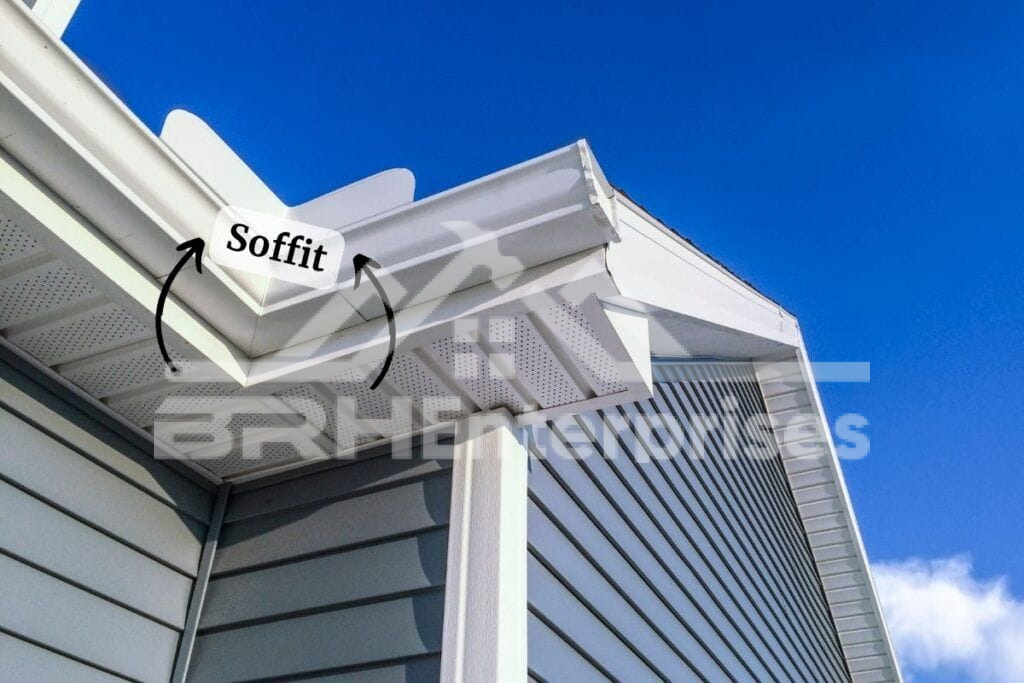
Soffits are attached to the bottom of the rafters, connecting the far edge of the roof to the house’s outer wall. Soffits are usually made from wood, vinyl, or PVC and do more than just look good, they help with ventilation in the roof space. This keeps the building cozy and contributes to energy savings. There are different types of soffits, each with its own benefits and uses.
> Solid Soffits
Solid soffits are a top pick for homeowners who want a clean and polished look under the roof. They come in various materials and offer a smooth surface along the eave. Easy to install and needing minimal care, solid soffits are a durable and lasting choice.
> Vented Soffits
Vented soffits have small holes or slots that let air circulate in the attic. This stops moisture from building up and lowers the risk of mold and rot. These soffits are great for places with lots of humidity or heavy rainfall.
Fascia
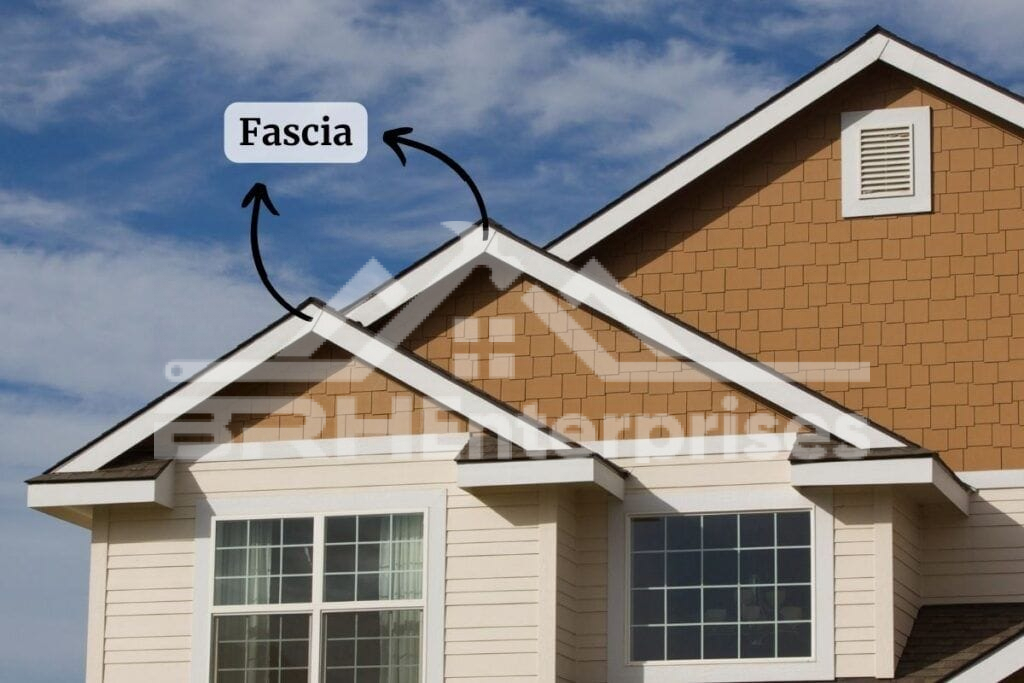
The fascia is a horizontal board on the outside edges of a roof. It’s fixed to the roof trusses or rafters and provides support for the gutter system. Similar to soffits, fascia boards come in different materials like wood, PVC, and composite, offering durability and low maintenance options for different house styles. Here are some advantages of each material:
> Wooden Fascia
Wooden fascia boards are a classic choice for homeowners who want a natural look. They come in different types of wood, like pine, cedar, and redwood. However, they need regular care to avoid rot and insect damage.
> UPVC Fascia
UPVC fascia boards are a hit for those wanting a low maintenance and durable option. They resist rot, weathering, and insect damage, making them practical for modern homes. With various colors and designs, UPVC fascia boards are versatile for different architectural styles.
> Composite Fascia
Composite fascia boards mix wood fibers and plastic, giving the best of both worlds. They come in various colors and designs, offering a flexible solution for different aesthetics. Resistant to mold, mildew, and rot, composite fascia boards are a smart and lasting choice.
Different Types of Roof Eaves
Like fascia and soffits, there are different types of roof eaves:
#1. Closed Eave
The closed eave is a popular choice for modern homes. This type includes soffit that covers the ends of the rafters, making the roof look neat and finished. This design protects the rafters from weather and directs water away from walls, preventing damage.
#2. Open Eave
In contrast to closed eaves, open eaves show the ends of the rafters or trusses. This design offers uninterrupted ventilation, preventing moisture build up and mold growth in the attic. Open eaves are easier to clean and maintain. Although less common, they can give a unique character to a home’s exterior.
#3. Boxed Eave
Also called boxed-in eaves, this traditional type encloses the rafters in a box-like shape that doesn’t exactly follow the roof slope. Boxed eaves look clean and finished, offering protection to the underlying roof structure. This design adds a classic and timeless look to the building.
#4. Abbreviated Eave
This type of eave is smaller and does not extend as far past the edge of the roof. They provide moderate protection against sun, pests, and rain while being less obtrusive. Abbreviated eaves are best for areas with strong winds, as they are less susceptible to uplift and damage.
Pros and Cons of Roof Eaves
Roof eaves bring both style and practical benefits to a home, offering shade, structural protection, and effective water diversion. Yet, there are advantages and disadvantages to consider when deciding whether to incorporate roof eaves into a house design.
Pros of Roof Eaves
> Shade and Energy Efficiency:
Eaves create an extended shade that cools the house, reducing energy bills and enhancing interior comfort.
> Water, Snow, and Ice Diversion:
By directing water, snow, and ice away from the home, eaves safeguard the foundation and exterior walls from potential water damage.
> Added Useful Space:
Eaves provide a functional space for installing exterior features like lights, cameras, and soffit vents, adding both security and practicality to the home.
> Wind Control:
Certain eave designs can help manage the impact of extreme winds on the roof and home structure.
Cons of Roof Eaves
> Maintenance Needs:
Regular upkeep is essential to prevent rot and insect damage, particularly with wooden fascia boards.
> Wind Vulnerability:
Larger eaves may have an increased risk of wind damage, especially in regions prone to strong gusts.
> Pest Infestation:
Open eaves can make homes susceptible to insects, rodents, and birds.
> Cost Considerations:
Installing or upgrading eaves can be expensive, depending on the chosen materials and design.
Maintenance Tips for Roof Eaves
Regular maintenance is important to keep your roof eaves in good shape and your home protected. Here are some tips for maintaining your roof eaves:
#1. Regular Cleaning and Inspection:
Periodically clean and inspect your eaves to remove debris like leaves and dirt that can cause damage.
#2. Check for Damage:
Examine your eaves for any signs of damage, such as cracked or loose components, and fix issues promptly.
#3. Trim Trees:
Keep trees near your home trimmed back to prevent the branches from rubbing against the roof and causing damage.
#4. Clean Gutters:
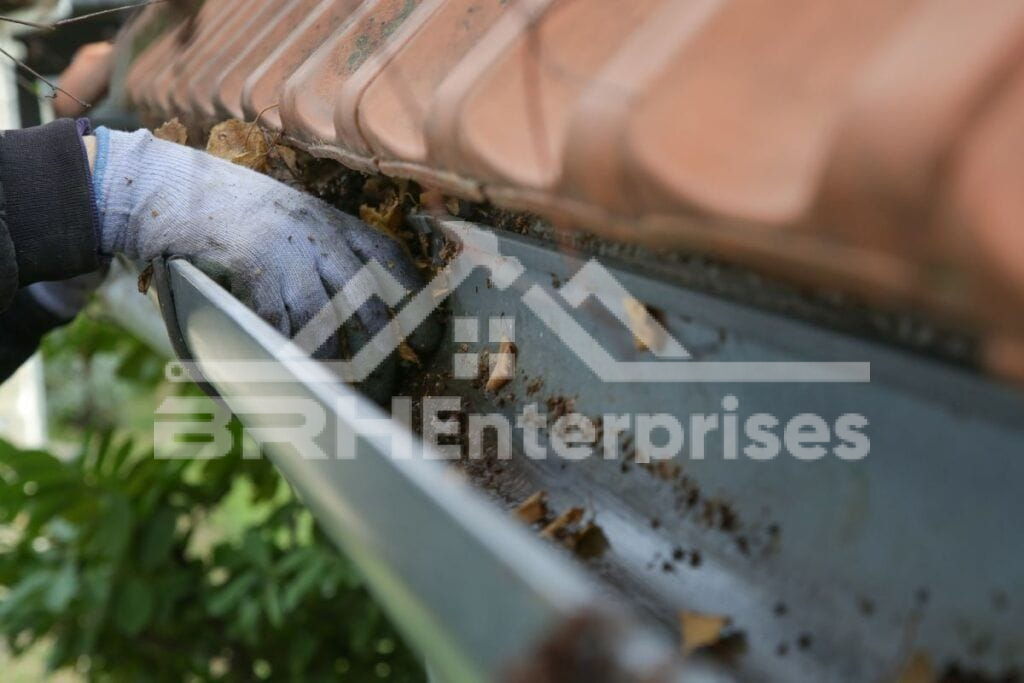
Regularly clean your gutters to maintain proper water flow and prevent damage from clogs.
#5. Pest Check:
Inspect your eaves for signs of pests like birds or insects and take steps to deter them.
#6. Ensure Ventilation:
If you have soffit vents or open eaves, make sure they aren’t blocked and working well to allow ventilation and prevent moisture buildup.
#7. Use the Right Tools:
When working on your roof, use proper tools and materials to avoid causing damage to the eaves or roofing materials.
#8. Call a Professional for Help:
If you aren’t comfortable inspecting or maintaining your roof eaves, don’t hesitate to call a professional for help. They have the right tools and experience to handle any repairs needed.
Conclusion
Your home’s roof eaves serve as more than just an eye-catching feature, they act as a shield against water damage, pest infestations, and more. Because of this, it’s important to routinely inspect and repair your eaves to make sure they are functioning properly. If you’re looking for professional roofing services in Wisconsin, look no further than BRH Enterprises.
Need Help With Your Roof Eaves? We’ve Got You Covered
At BRH Enterprises, we take care of your roofing project from start to finish, whether you need roof eave management, installation, and replacement. Our team is experienced, licensed, and insured, and we have been providing high quality services for years. We’re committed to making sure your home gets the best care possible.
BRH Enterprises is the top choice for roofing, siding, and gutters in Mayville and nearby areas. No matter how big or small your project is, count on our skilled team for excellent workmanship. Contact us today at (920) 249-4228.
Related posts:
